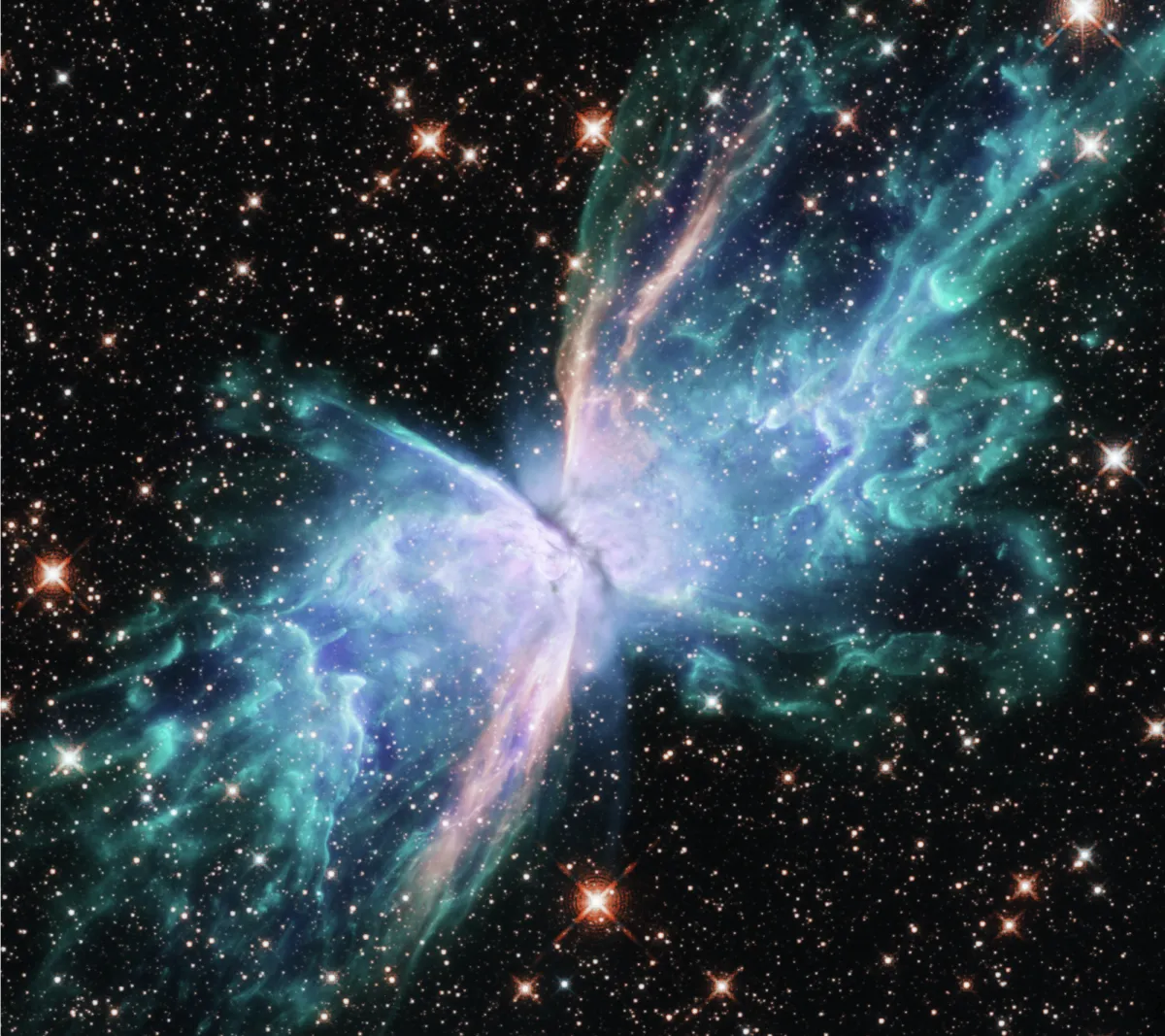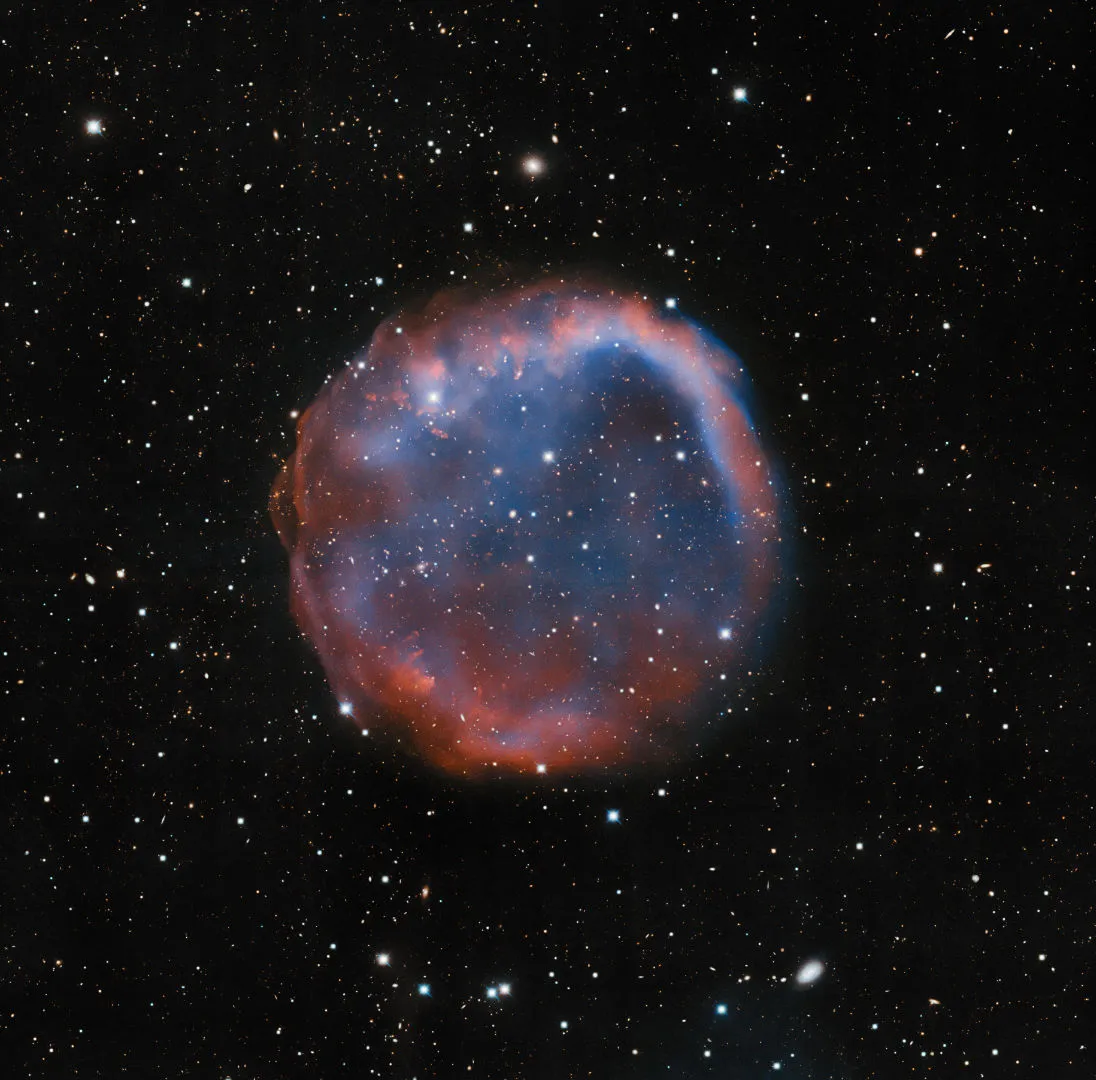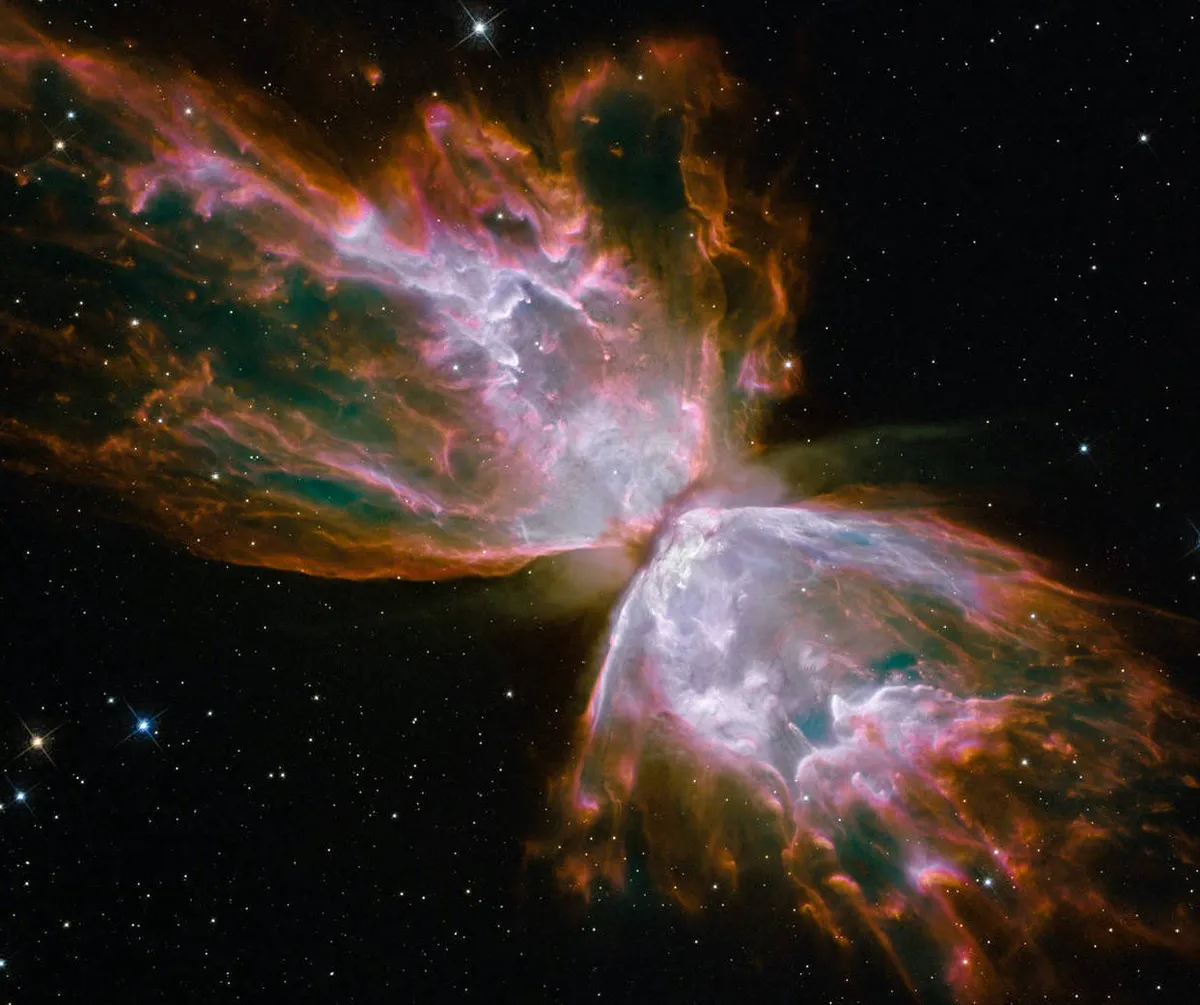Aseries of spectacular images shed new light on the behaviour of NGC 6302, the Butterfly Nebula.
Sitting in Scorpius, this object has long been a favourite of both amateur and professional astrophotographers.
But Hubble Space Telescope images presented in a recent paper, covering more than a decade of observations, are the most detailed and interesting yet.

Like all planetary nebulae, the large wings of the Butterfly Nebula are formed from gas expelled from the object’s central star, typically a Sun-like star which is entering the last stages of its life.
The brightness and dynamism of this particular nebula, in which changes in the gas can be seen in images taken just a year or two apart, suggest that it has a particularly hot and massive central source.
There is certainly plenty of ejected stuff in the system.
Carefully puzzling out the geometry of what we’re seeing, deriving the three-dimensional shape of the nebula from its two-dimensional image, flattened against the sky like a butterfly pinned to a board, suggests that somewhere between 0.1 and one solar masses of gas make up the nebula we see today.
The next problem is explaining the complexity of the structure itself.

Like many planetary nebulae the Butterfly is broadly symmetrical, yet it is anything but simple.
The images show what the authors call ‘wedges’, stretching out from the centre, and between them clumps of material.
Several seem to have grown comet-like tails, the result of the action of the powerful winds still flowing from that elusive central source.
Images that cover a wider field than Hubble show an extended ‘breakout’ tail, one of the largest features seen in any planetary nebula, stretching off to the northwest.
Many of these structures are still moving rapidly and, working backwards, the observations suggest that they are the product of a violent period that began 2,300 years ago and lasted perhaps for 1,400 years.

It started with the ejection of what is now a long northwestern streamer, which was followed a few hundred years later by the other wedges.
Recent activity, in the last couple of hundred years, has further stirred things up.
Rather colourfully, the authors compare the multiple ejection events from the unseen central star to ‘a series of metaphorical sneezes and a protracted wheeze, akin to a fire-breathing dragon’.
Dragon or not, changes on such a short timescale imply that whatever lurks at the centre of the nebula is evolving quickly.
It’s possible that there are multiple stars at the centre, with the motions of a binary star or even a triple star sculpting the nebula.
But what’s seen makes most sense if at least one star at the Butterfly’s heart is massive, with a luminosity perhaps equivalent to that of a thousand Suns.
Such large objects live their lives on fast-forward, and so we are treated to an accelerated view of the end of stellar life as these stars’ convulsions produce a nebula of wonderful and confusing complexity.
Chris Lintott was reading NGC 6302: The Tempestuous Life of a Butterfly by Bruce Balick et al.
Read it online at: arxiv.org/abs/2303.16439.
This article originally appeared in the June 2023 issue of BBC Sky at Night Magazine.
